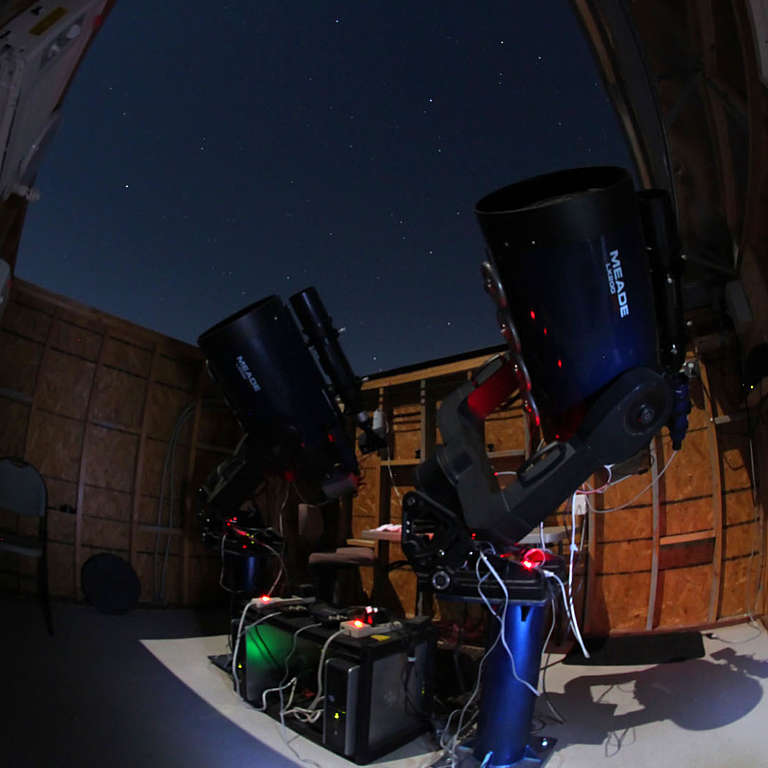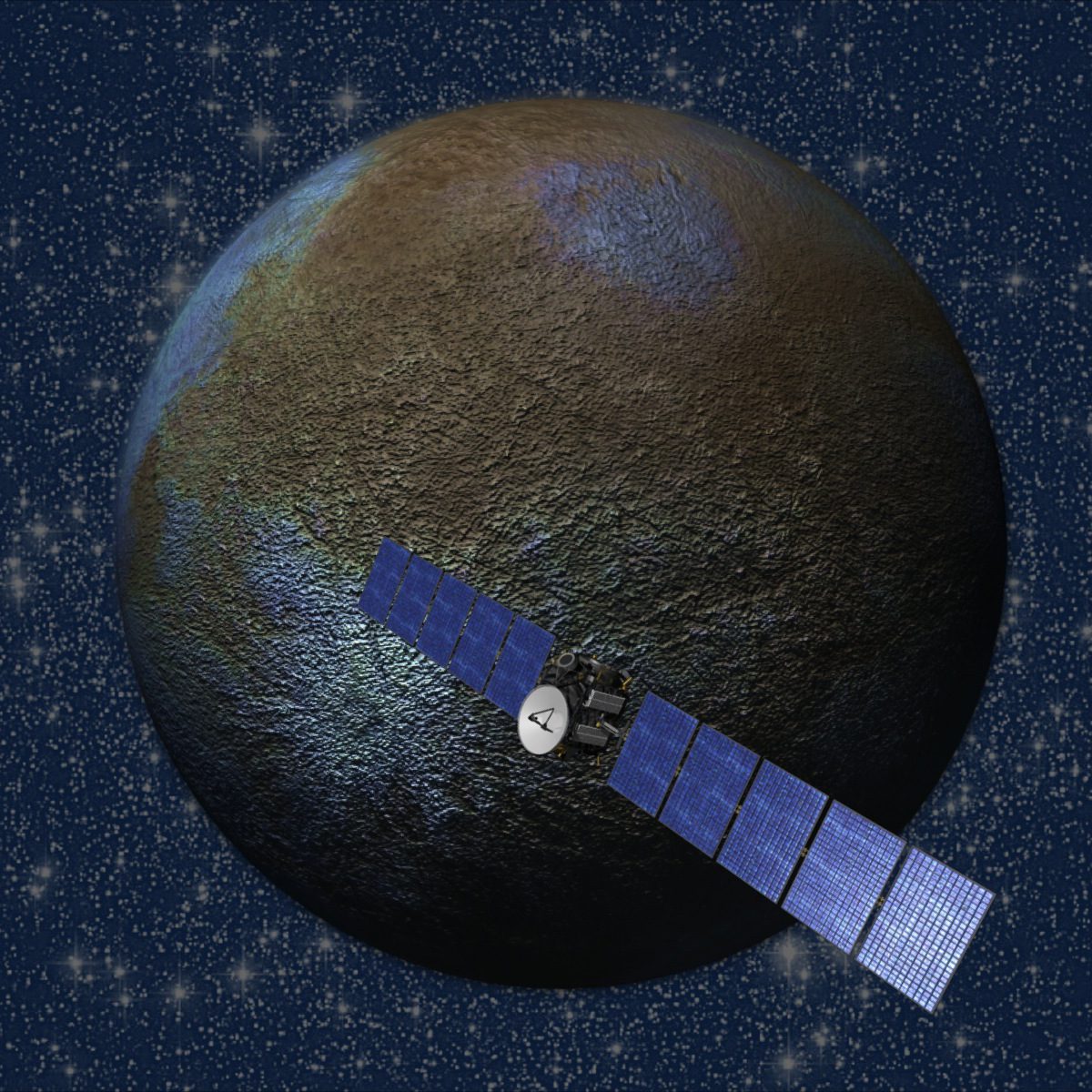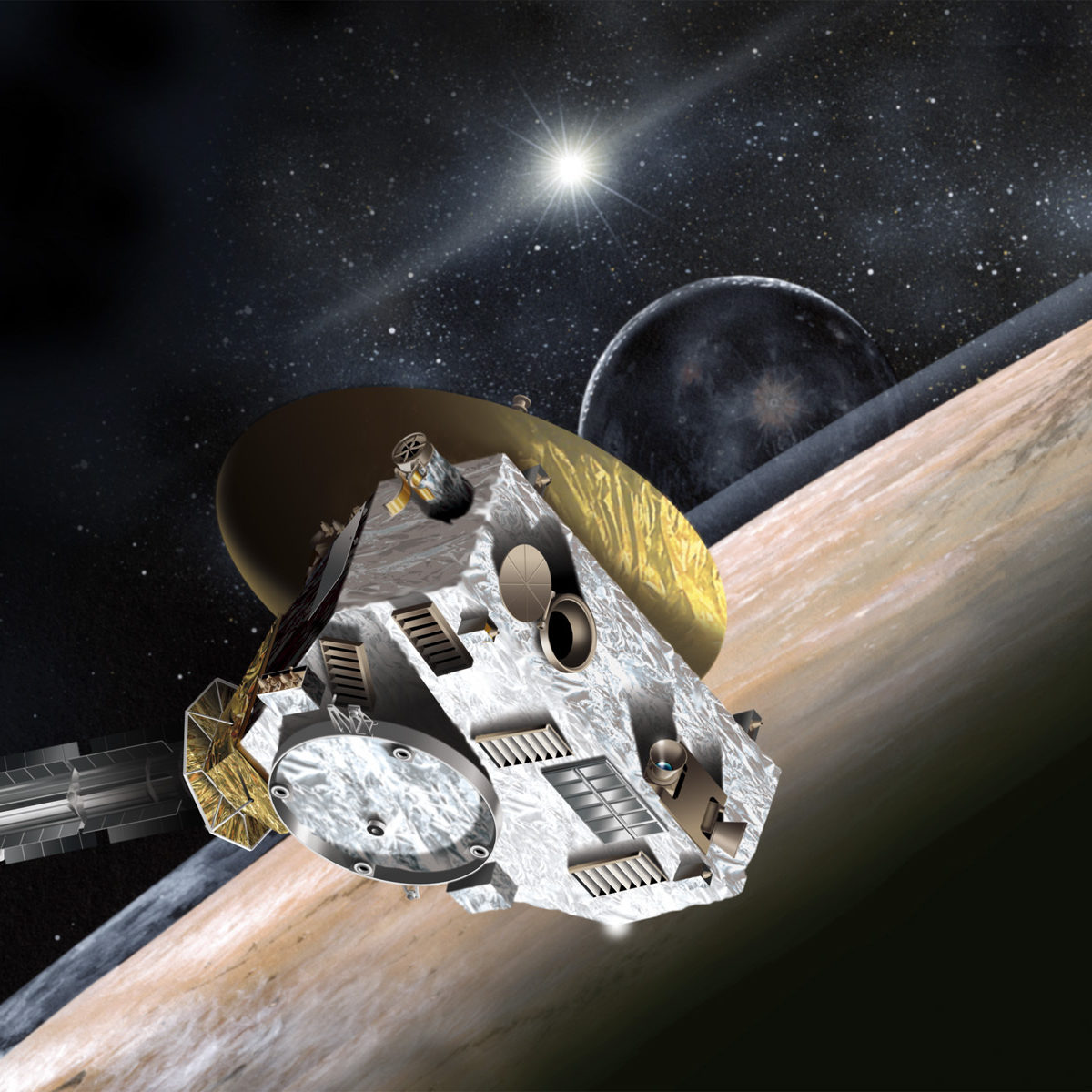All
All
Stories, updates, insights, and original analysis from The Planetary Society.
Sky survey grant helps lead to a space science career
Quan-Zhi Ye was an 18 year-old college student and the principal investigator of the Lulin Sky Survey when he won a 2007 Shoemaker NEO grant. He's now a Ph.D. candidate and provides an update on his work in meteor studies.
Year of the 'Dwarves': Ceres and Pluto Get Their Due
This year we achieve the first exploration of these curious but fascinating objects. Paul Schenk explains what we may learn about them.
2007 Shoemaker Grant Still Yielding Asteroid Science
Telescope purchased in 2007 with the support of a Shoemaker grant is still in service and has worked on over 100 near-Earth asteroids over its 8 years of operation.
New camera improves a California near-Earth asteroid program
A new camera is improving the efficiency of the Near-Earth Asteroid Program at the Center for Solar System Studies. This update from Shoemaker NEO Grant winner Bob Stephens reveals amazing recent progress using his 2013 Planetary Society grant.
Dawn Journal: History of Ceres
As Dawn looks toward the new world of Ceres, Mission Director Marc Rayman looks back on Ceres' discovery.
New Churyumov-Gerasimenko Shapemodel!
Mattias Malmer shares his latest shape model of Comet 67P/Churyumov–Gerasimenko, created using data from the Rosetta spacecraft.
The YORP Effect and Bennu
The YORP effect is a phenomenon that affects the rotation rate and pole orientation of an asteroid. YORP is an acronym that combines four scientist’s names: Yarkovsky, O’Keefe, Radzievskii, and Paddack.
Ceres is round!
Okay, so the fact that Ceres is round is not news. It's still thrilling to see Ceres begin to come into focus as a round world.
The Science of “Bennu’s Journey”
The OSIRIS-REx project released Bennu’s Journey, a movie describing one possible history of our target asteroid – Bennu. The animation is among the most highly detailed productions created by Goddard’s Conceptual Image Laboratory.
Calling Serious Asteroid Hunters
I am happy to announce a new call for proposals for The Planetary Society’s Gene Shoemaker Near Earth Object (NEO) grant program. Proposals are due Feb. 2, 2015.
Remember Comet Siding Spring? Mars Orbiter Mission got photos, too
A set of photos released by Mars Orbiter Mission last week completes the set of Mars spacecraft observations of the comet. Now we wait for science results!
Rosetta imaged Philae during its descent -- and after its bounce
This morning ESA released a set of images of the Philae lander taken by the Rosetta orbiter during -- and after -- the lander's first touchdown. The images contain evidence for the spot Philae first touched the comet, and a crucial photo of Philae's position several minutes into its first long bounce.
With New Horizons Ready to Wake Up, Scientists Prepare for Pluto Encounter
When New Horizons wakes up for the final time on Dec. 6, scientists will spend six weeks preparing for the start of the spacecraft's Pluto encounter.
Philae status, a day later
The Philae team scrambled all morning to comprehend the initially confusing status of the lander, and the picture is much clearer today. Speaking of which, there are lots more pictures!
Brief Philae "Morning After" update: First ÇIVA panorama from the surface
I'm just getting up to speed on the news from overnight, which is mostly good: Philae remained in contact with the orbiter (which means the CONSERT radar sounding experiment was working), and it's sitting stably on the surface, although it's not anchored in any way. And they released the first ÇIVA image from the ground!
PHILAE HAS LANDED! [UPDATED]
The landing happened on time just after 16:02 UT today! Philae mission manager Stephan Ulamec said:
Report from Darmstadt: Philae status and early Rosetta results from DPS
I'm reporting live from the press room at the European Space Operations Centre in Darmstadt, Germany. There's little news on Philae yet except that its status is good. Meanwhile, Rosetta scientists presented their first early comet results at the Division for Planetary Sciences meeting in Tucson, Arizona, which I watched from afar using Twitter.
Hunting Binary Asteroids
Thanks to The Planetary Society’s Shoemaker NEO Grant program, a new telescope has been brought to bear focusing on searching for and understanding the properties of binary asteroid systems.
Mars Exploration Rovers Update: Opportunity Images Comet, Ducks Storm, Departs Ulysses
As winds whirled and converged to the west of Endeavour Crater, Opportunity's power dropped dramatically in October, but the Mars Exploration Rover (MER) pressed on. By month's end, the robot field geologist had completed her assignments – including capturing the first close-in shot of a comet from the surface of the Red Planet – and was roving onward through the darkness, driving the mission into the 130th month of what started out more than 10-and-a-half years ago to be a 3-month tour.
Seven Mars spacecraft attempted observations of comet Siding Spring. How did they go?
It's been two weeks since comet Siding Spring passed close by Mars, and six of the seven Mars spacecraft have now checked in with quick looks at their images of the encounter. I round up all the results.


 Explore Worlds
Explore Worlds Find Life
Find Life Defend Earth
Defend Earth


 Sun
Sun Mercury
Mercury Venus
Venus Earth
Earth Mars
Mars Jupiter
Jupiter Saturn
Saturn Uranus
Uranus Neptune
Neptune Small Bodies
Small Bodies


















